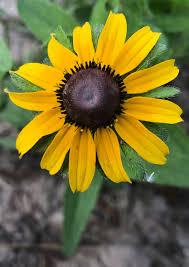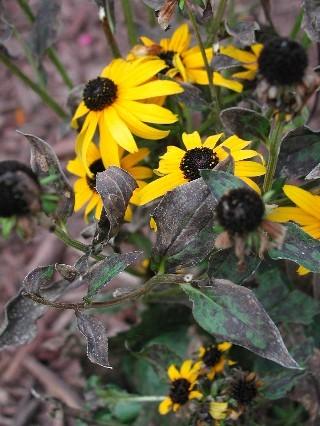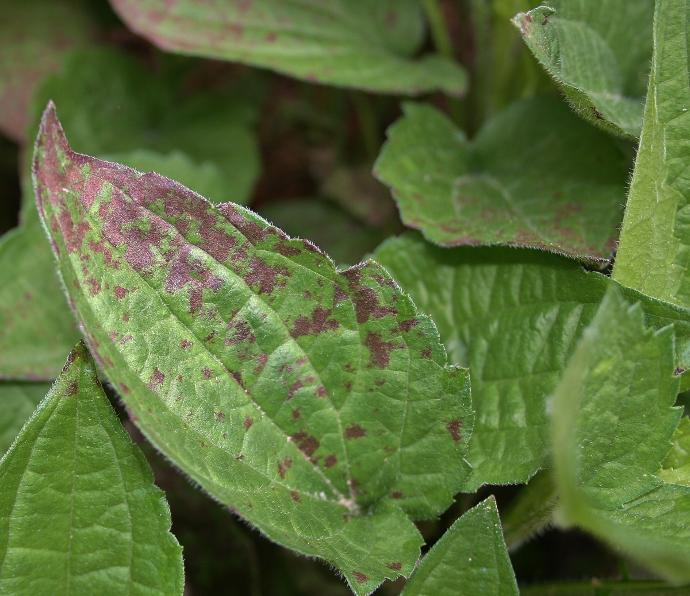Black-eyed Susan Plant
Black-eyed Susan (Rudbeckia hirta) is a perennial that grows 2-3 ft tall, hardy in USDA Zones 3-9, prefers well-drained, loamy soil, full sun to part shade, medium moisture, and has no edible or medicinal uses.

Habit
Clump-forming
Height
30-60 cm
Growth
Perennial
Soil
Well-drained, loamy
Shade
Full Sun
Moisture
Moderate
Edible
No
Medicinal
No
Origin
North America
Climatic Condition
Temperate
Temperature (°)
15-25°C
Humidity (%)
50-60%
Potting media
Loam + Organic matter
Fertilizers
Balanced NPK (10:10:10)
Watering
Regular watering
Plant Weight
50-100 g
Flowering Time
Summer to Fall
Soil Ph level
6.0-7.5
Water Ph level
6.5-7.0
Soil EC
0.7 dS/m
Yield Per Plant
Moderate yield
NPK ratio
10:10:10
life Span
1-2 years
Health Benefits
Ornamental flowers, attracts pollinators
Suggested Grow Media or Potting Mix ?
40% peat moss, 30% perlite, 30% compost
Suggested Fertigation/Fertilizers
Fertilize every 2 weeks with a balanced fertilizer.
Common Diseases and Remedies
Powdery Mildew, Rust, Leaf Spot, Downy Mildew.
White powdery growth on leaves, Orange or brown pustules on leaves, Brown or black spots on leaves, Yellowing leaves, sticky residue on leaves, Yellow spots on leaves, white mould on undersides.
Neem oil, baking soda spray Apply sulfur, remove infected debris Remove infected leaves, use compost tea spray Insecticidal soap, ladybugs Neem oil, garlic spray
Sulfur-based fungicides, Fungicides with myclobutanil, Copper-based fungicides, Fungicides with mefenoxam.
HEALTH BENEFITS
· Traditional medicine uses it for colds, infections, and inflammation.
· May boost the immune system similarly to Echinacea.

